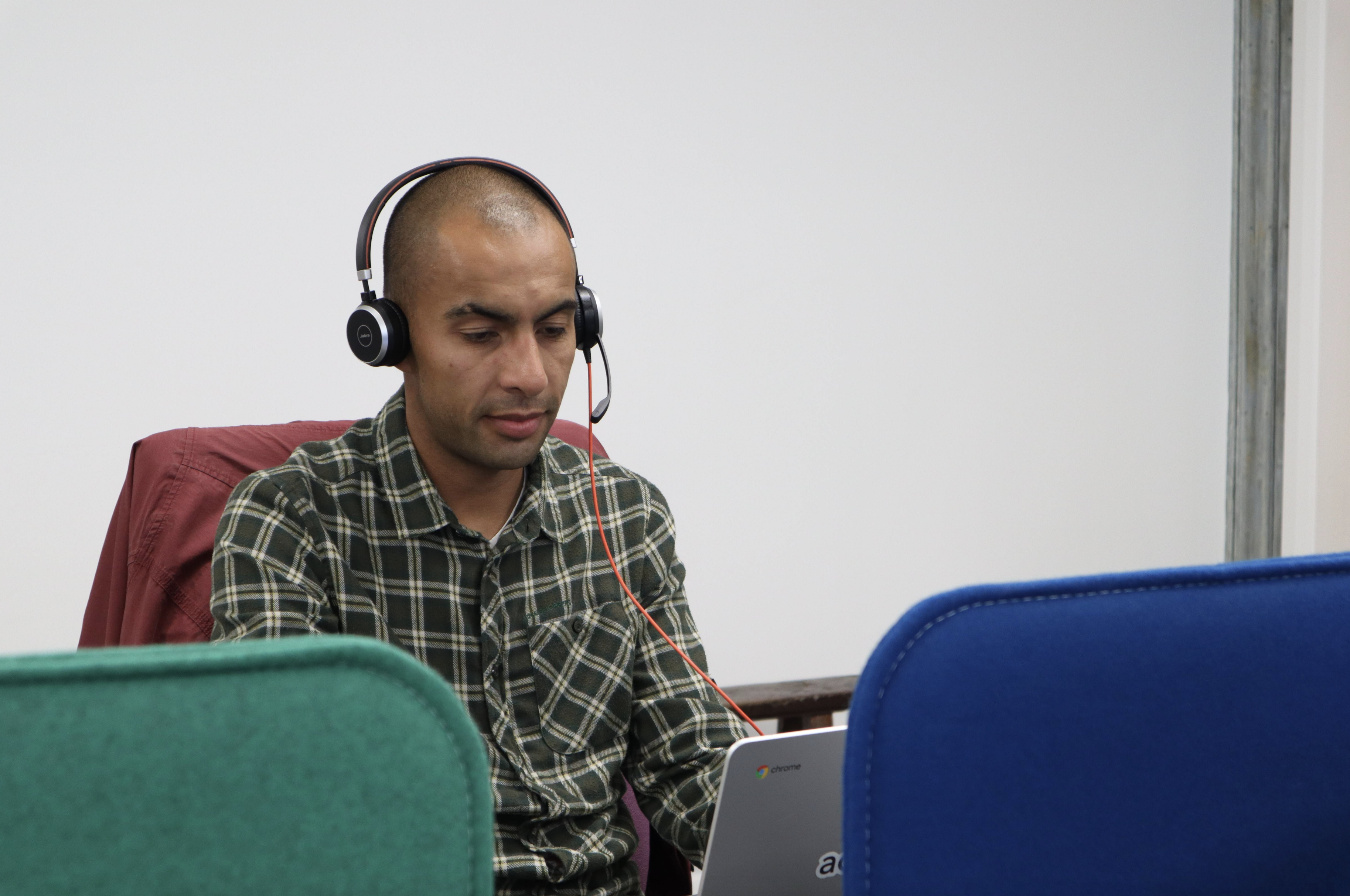Things are constantly changing when you’re in the world of marketing, especially in the digital space which is so reliant on improving your customers' experience, sometimes before you even know they exist. Google is well known for continually updating its offering to make it easier for users to find what they’re looking for.

Google has always made it clear that it’s big on page experience and has recently announced the official date for bringing the page experience updated factors/signal to desktop. The rollout of using page experience as part of desktop ranking systems is expected to start in February 2022 and is planned for completion by the end of March 2022. There isn’t much time left before all this happens.
So, what does that mean for you?
Well, if you’ve already been following SEO best practices, then probably not a lot will change. Even Google has said so, but let’s run through it in more detail so you can be sure you aren’t missing anything.
A lot of it comes down to making sure your website performs well.
Core Web Vitals is the name Google uses for this and it’s all about the experience your visitors get when they arrive on your page. Our SEO team did a podcast all about Core Web Vitals — it’s worth having a listen.
They run through all the factors you need to consider. This ranges from site speed, first input delay (how long you have to wait before you can take an action) all the way through to visual stability/cumulative layout shift, which is making sure things don’t start moving around after the page has loaded to show other things — because that’s just annoying.
Anthony from our SEO team suggested some tools you may find useful for monitoring this.
https://web.dev/vitals-tools/ - there's some tools to check and monitor Core Web Vitals.
If you have Google Search Console setup, you can click here.
Next up on the list of factors is HTTPS security. If your website doesn’t have HTTPS security, why not? It’s really critical now to show the credibility of your page. Without it, people will click right off it again. That’s it. It's simple. You can’t avoid this.
Finally for this update is something called No Intrusive Interstitials. It sounds more complicated than it is. An Intrusive Interstitial is basically a pop up ad. They pop up and stop users being able to access the content that they’re really on that page for.
Google essentially says if your website has these, then it can affect your rankings.
Obviously, your website needs to be mobile-friendly, but it isn’t a factor for this roll out yet it should definitely be high on your list anyway. If you want to make sure a webpage is mobile-friendly, you can use this test from Google.
If you’re keen to keep your website in tip-top shape, then we have regular podcasts from our SEO team that talk about all things SEO and what you can do to improve your site from an organic perspective.
Visit the podcast on any podcast platform or on our website and let’s get you Trending Upwards.
Real Growth. Real Impact.
Time to rethink your whole SEO and content marketing strategy
Why it's vital and how to start building customer-led sales and marketing
How is AI disturbing Google search results and what can you do about it
How to avoid over optimising your website with Hannah Wilson, SEO Specialist
Google Search API leaks: All you need to know [LIVE BLOG]
Choosing between a HubSpot Partner and an SEO-specific agency
What's happening with Google SGE and what should we do?
See why enterprises choose Avidly
Let’s build your HubSpot success story
Compelling final call to action - with accompanying link to Contact page





![Google Search API leaks: All you need to know [LIVE BLOG]](https://www.avidlyagency.com/hs-fs/hubfs/cloud.jpg?width=400&height=225&name=cloud.jpg)


